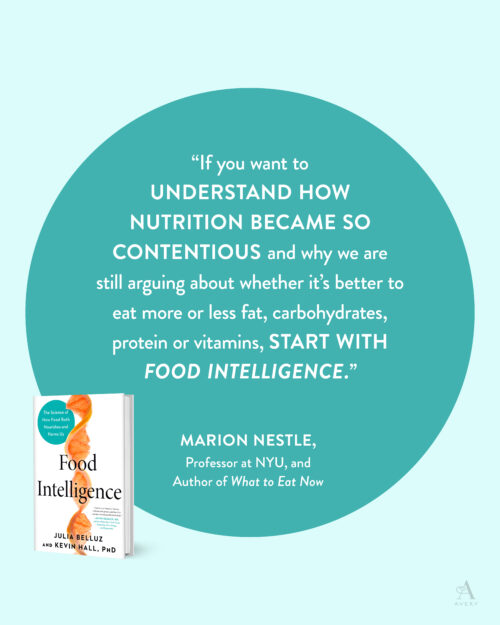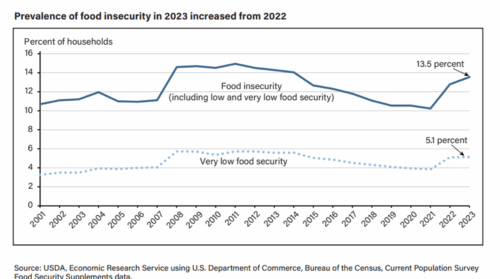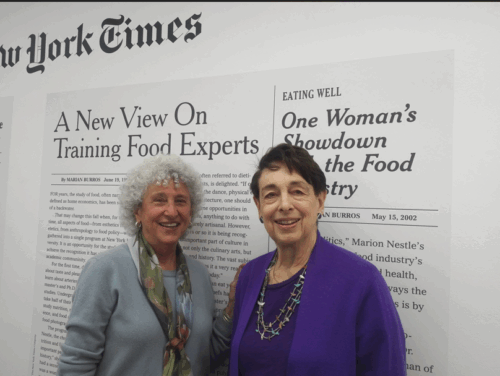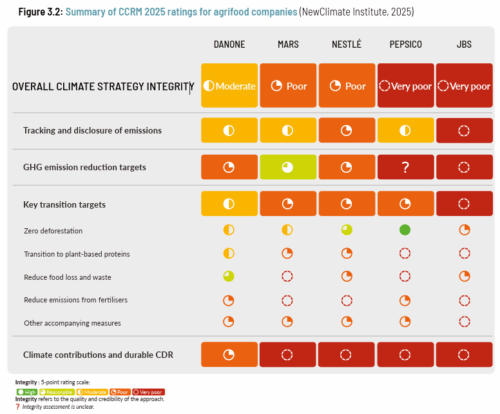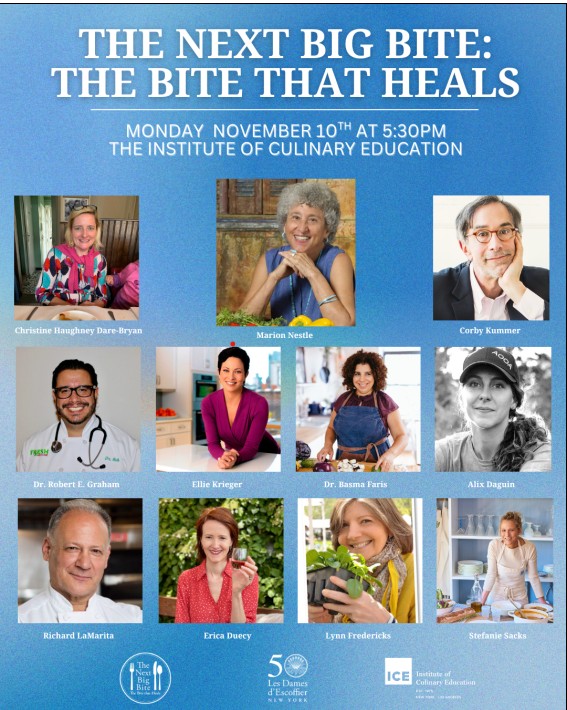Industry funded review of the week: Yogurt and Type 2 Diabetes
When I saw this article in the Journal of Nutrition, my first question was, “Who paid for it?”
The article: Yogurt and Reduced Risk of Type 2 Diabetes: Exploring the Food and Drug Administration Qualified Health Claim and Potential Implications for Improving Public Health. Freitas, Miguel et al. The Journal of Nutrition, Volume 155, Issue 8, 2475 – 2484
The premise: “As yogurt is a component of the underconsumed dairy food group within the Dietary Guidelines for Americans, communication on the relationship between yogurt and T2D risk can help encourage the public to increase intake of yogurt and, with it, nutrients of public health concern such as calcium.”
The discussion: the article summarizes a symposium about the FDA’s approval of a qualified health claim for yogurt and type 2 diabetes.
Comment: Danone, of course, makes Dannon yogurt and of course views it as underconsumed. The company petitioned the FDA to allow these claims on yogurt products:
“Eating yogurt regularly may reduce the risk of type 2 diabetes. FDA has concluded there is limited information supporting this claim.”
“Eating yogurt regularly may reduce the risk of type 2 diabetes according to limited scientific evidence.”
Eating yogurt regularly, at least 2 cups (3 servings) per week, may reduce the risk of type 2 diabetes. FDA has concluded that there is limited information supporting this claim.
Eating yogurt regularly, at least 2 cups (3 servings) per week, may reduce the risk of type 2 diabetes according to limited scientific evidence.”
Danone pretty much got what it wanted.
To understand why I find qualified health claims nutritionally hilarious, I must point out that “may reduce the risk” also means “may not reduce the risk.”
As I endlessly repeat, health claims are not about health; they are about marketing.

